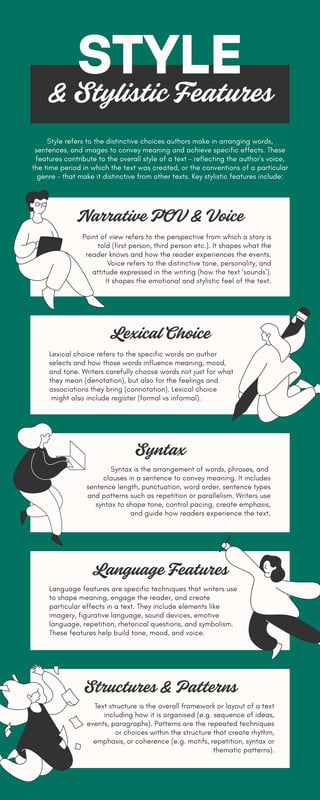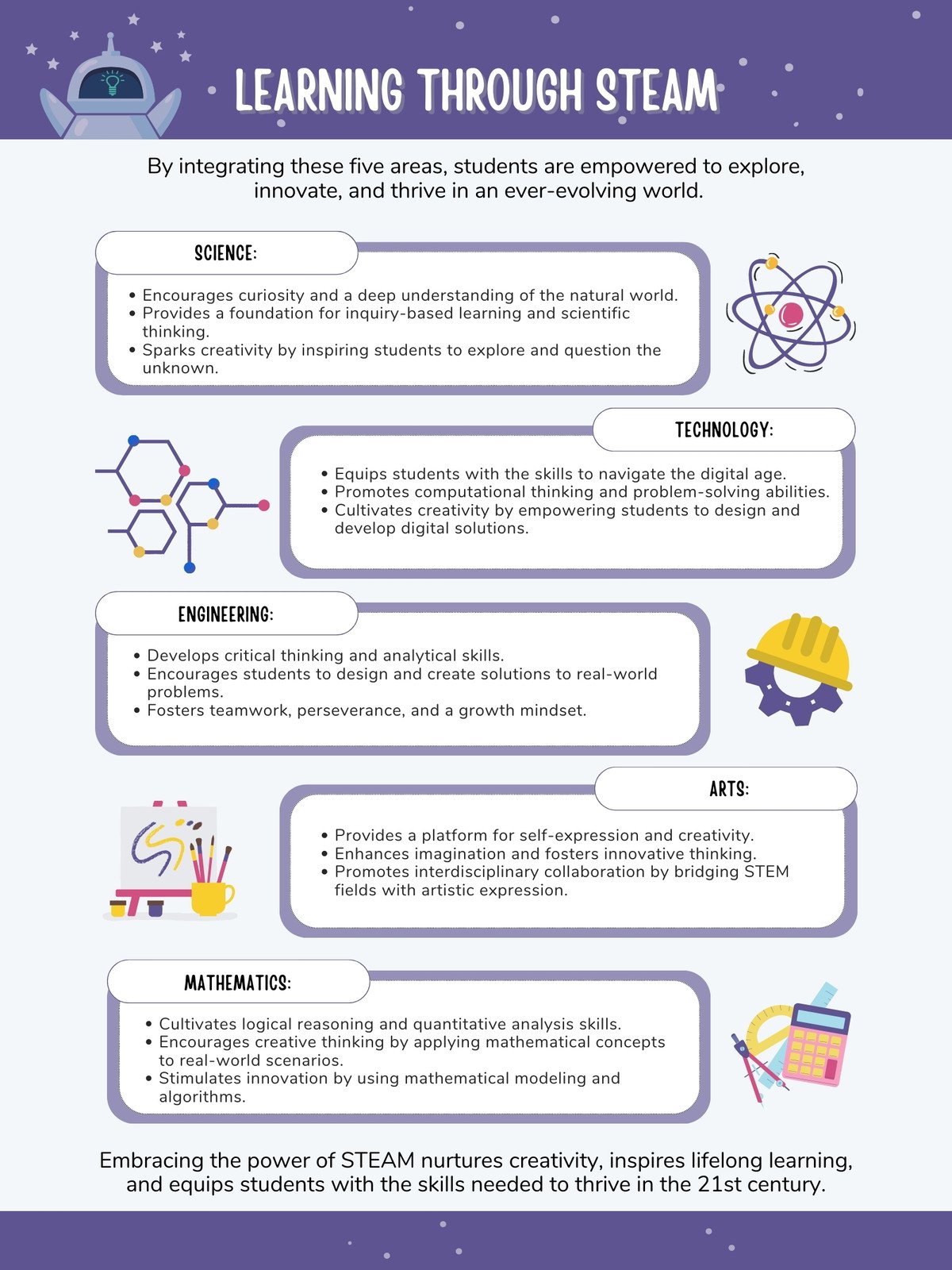Unlocking Speed: A Deep Dive into Parallelism in Computing



- Increased computational speed
- Ability to solve larger and more complex problems
- Improved resource utilization
- Enhanced responsiveness of applications
Feature | Serial Computing | Parallel Computing |
|---|---|---|
Execution | Sequential | Simultaneous |
Problem Size | Limited | Larger Problems Possible |
Resource Use | Single Processor | Multiple Processors |
Speed | Slower | Faster |
Feature | Serial Computing | Parallel Computing |
|---|---|---|
Execution | Sequential | Simultaneous |
Problem Size | Limited | Larger Problems Possible |
Resource Use | Single Processor | Multiple Processors |
Speed | Slower | Faster |
- Data parallelism: Efficient for data-intensive tasks.
- Task parallelism: Suited for diverse and independent operations.
- Hybrid parallelism: Combines both data and task parallelism for optimal performance.
Type | Description | Use Case |
|---|---|---|
Data Parallelism | Same operation on different data | Image processing, scientific simulations |
Task Parallelism | Different operations on different data | Web servers, operating systems |
Hybrid Parallelism | Combination of Data and Task | Weather forecasting, complex simulations |
Type | Description | Use Case |
|---|---|---|
Data Parallelism | Same operation on different data | Image processing, scientific simulations |
Task Parallelism | Different operations on different data | Web servers, operating systems |
Hybrid Parallelism | Combination of Data and Task | Weather forecasting, complex simulations |

- Multicore processors enhance parallelism within a single machine.
- GPUs (Graphics Processing Units) are excellent for data parallelism due to their massive parallel architecture.
- Clusters enable distributed computing across multiple machines.
Architecture | Description | Advantages | Disadvantages |
|---|---|---|---|
Multicore Processors | Multiple cores on a single chip | Lower latency, shared memory | Limited scalability |
GPUs | Massively parallel processors | High throughput for data-parallel tasks | Specialized programming model |
Distributed Systems | Multiple interconnected computers | High scalability, fault tolerance | Higher latency, complex communication |
Architecture | Description | Advantages | Disadvantages |
|---|---|---|---|
Multicore Processors | Multiple cores on a single chip | Lower latency, shared memory | Limited scalability |
GPUs | Massively parallel processors | High throughput for data-parallel tasks | Specialized programming model |
Distributed Systems | Multiple interconnected computers | High scalability, fault tolerance | Higher latency, complex communication |

- Race conditions: When multiple threads access shared data concurrently, leading to unpredictable results.
- Deadlocks: When two or more threads are blocked indefinitely, waiting for each other to release resources.
- Starvation: When a thread is repeatedly denied access to a shared resource.
Challenge | Description | Solutions |
|---|---|---|
Synchronization | Ensuring data consistency across threads | Locks, semaphores, atomic operations |
Communication Overhead | Latency in data transfer between processes | Efficient communication protocols, data compression |
Load Balancing | Distributing workload evenly across processors | Dynamic load balancing algorithms |
Challenge | Description | Solutions |
|---|---|---|
Synchronization | Ensuring data consistency across threads | Locks, semaphores, atomic operations |
Communication Overhead | Latency in data transfer between processes | Efficient communication protocols, data compression |
Load Balancing | Distributing workload evenly across processors | Dynamic load balancing algorithms |

- OpenMP: Simplifies shared-memory parallel programming.
- MPI: Standard for distributed-memory computing.
- CUDA: Unlocks GPU parallelism for general-purpose applications.
Model/Tool | Description | Advantages | Disadvantages |
|---|---|---|---|
OpenMP | Shared-memory parallel programming API | Easy to use, incremental parallelism | Limited to shared-memory architectures |
MPI | Message-passing standard | Scalable to large distributed systems | More complex programming model |
CUDA | NVIDIA's parallel computing platform | High performance on GPUs | Requires NVIDIA GPUs, specialized programming model |
Model/Tool | Description | Advantages | Disadvantages |
|---|---|---|---|
OpenMP | Shared-memory parallel programming API | Easy to use, incremental parallelism | Limited to shared-memory architectures |
MPI | Message-passing standard | Scalable to large distributed systems | More complex programming model |
CUDA | NVIDIA's parallel computing platform | High performance on GPUs | Requires NVIDIA GPUs, specialized programming model |








